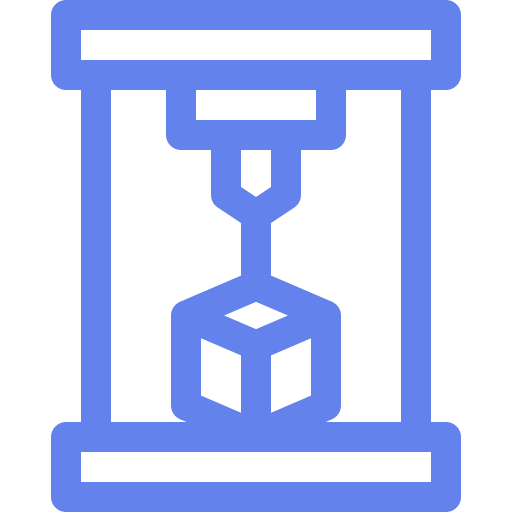Hey there, first post – hope it’s okay to put out a request for some advice. I just started 3D printing a few weeks ago (got an Ender 3 S1) and contrary to seemingly everyone else online, I’ve had no issues whatsoever with bed adhesion, rather the opposite.
Mostly to this point, I’ve been using ‘EconoFil’ PLA from filaments.ca (which was tricky to remove until I bought a better bed spatula-thing). Yesterday I got a roll of Overture ‘Eco-PLA’, which I’ve printed with a couple of times using organic supports, and both times has left a really stuck-on, almost chalky layer of filament on the bed. This isn’t so bad if I’m printing with the same filament afterward, but the Eco-PLA is ‘Midnight Black’ and I want to switch back to the Econofil for another model, which is ‘Bone White’ and I don’t want the bottom to get stained with the leftover Eco-PLA.
Has anyone had any similar issues? Any foolproof technique for removing stubborn, very thin layers?
Personally I use a printed scraper that takes double-sided razor blade to remove prints. I have a homebuilt CoreXY printer with a glass bed, not sure how that compares to you.
Typically, I clean the bed with glass cleaner, then wipe with isopropyl alcohol, then apply a thin layer of glue (just a purple glue stick even spread across the bed). I can get 5-15 prints out of one application, but that removes the residue. Wait until the bed cools down if it’s really stuck on there, usually prints will release much easier after a minute or so (assuming you have a heated bed).
You can also adjust your z offset if bed adhesion is too strong. Some filaments need to be “squished” more than others, even within the same material type.
As a bed scraper, I use a putty knife that I’ve sharpened on one side (chisel grind, #4).
Before printing too-sticky materials (like TPU on my PEI bed), I put down a layer of glue stick. This is sticky enough for successful prints, but easily removed at the end of the print.
As an extra hint, if you have a sticky print don’t try to smash and stab the putty knife at it, instead grab a hammer/wrench/anything really and gently tap it under the print. It releases so, so much easier.
I clean my print surface with some isopropyl alcohol between prints and then wash the sheet every so often with warm water and dish soap. I use a satin textured sheet rather than a Pei one on my Mk3, most prints self release when cool but petg does leave some residue, IPA cleans that nicely. I did use a Pei sheet in the past which I used gluestick on, largely because I do a lot of printing with petg and the one time I said eh it’ll be fine I ripped a chunk of the surface off with the print, gluestick definitely works for a clean release, and I found I didn’t need to reapply every print.
For really stuck on stuff, like an early cancellation, I have a plastic scraper. Using that and flexing the sheet back and forth until I can get under a corner is enough to pop it off. Usually it’s the lead in purge that prusa slicer starts with that I need to do this with. A quick clean after than and it’s good for the next print.
I had same problem from printing with black flex filament. That flex filament is impossible to remove so what I did was just print with pla over it and then remove the left over flex with the pla. I only had to do this one time so now is it clean again!



